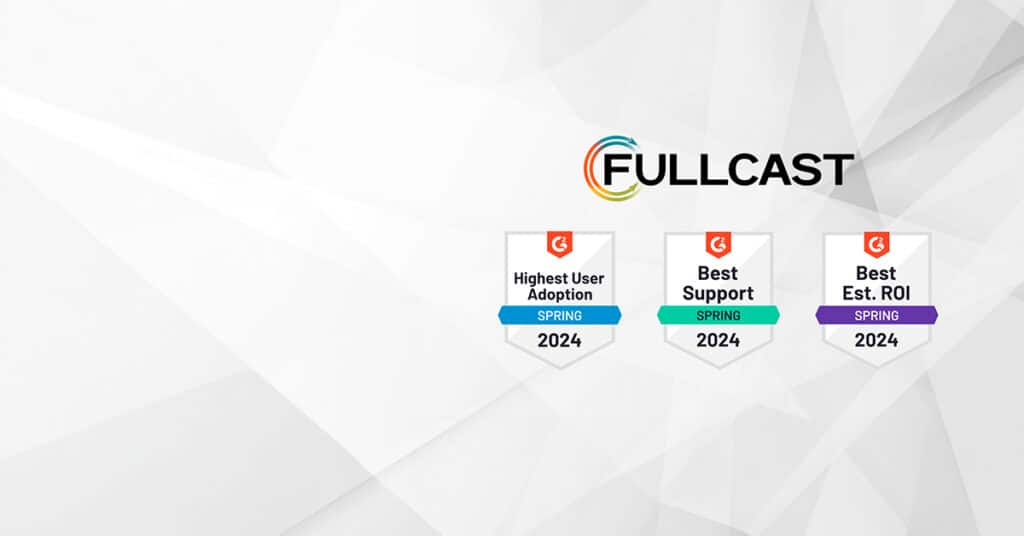I was thinking about data and an Economist article I read a while back that had compared a new data center to the oil wells of the last century. The article made a point that in the current environment, data is the new currency and companies able to monetize data will be the leaders of the future. If you have not read it, you can find the link here.
Nothing earth-shattering for us in tech, but something to ponder. Does having access to data alone makes the data worthwhile, or is it only useful if you can capitalize on it?
I ask the question in the context of the data sitting in CRM systems. Companies have been acquiring data for years and they are always hesitant to purge it. There is another article from Deloitte Insights that shared an analysis of how incomplete and inaccurate most personal data is, despite reams of marketing data collected as we all browse and shop online.Biznology did a study that shows B2B data decays an average of 5% per month or 70.3% per year. Think about it – 70% of your data on accounts and contacts decays in one year. Most CRMs have data that has been sitting around for years. There has been no cleanup and no governance process to manage the lifecycle of this data.Companies not investing in proactively managing the lifecycle in their CRM systems will adversely impact the way their organizations engage with customers. If 70% of your contact data is old in a year, then chances are7 times out of 10 you are responding to a “dead” contact.We were working with an organization that has invested in tools like Lean Data to rout leads, yet had to manually route leads to the right person since the underlying data was unreliable. Another customer wants to drive more coordinated engagement among marketing, sales, and support by engaging account and contacts in the context of their journey with the company. They have the data on the accounts and contacts, but it’s not been cleaned and there is no governance structure around managing data. Result: low ROI on campaigns.Companies owe it to their sales and marketing teams, and to their customers, to get a better handle on the data they have within CRM systems. Cleaning data without a specific goal in mind is not the best use of anyone’s time. Here are a few things to consider:
- Set goals about what you want to achieve. Consider the various tools ingesting data into the CRM system and run a full inventory to see if all are needed. Identify what data you absolutely need to have to meet the needs of marketing and sales teams and ruthlessly set rules to purge everything else. Understand how your marketing automation data flows into your CRM system, for example.
- Make rules for purge and storage. Once you know where the data is coming into the CRM system, work across teams to create a “store” or “purge” list. Purging contacts is important. You will be surprised how often people change roles, companies, or get promoted. Simple flags like no activity over a year, no email address, bad phone number, etc. are reasons to purge records.
Investing in Establishing Data Governance Policies
At fullcast.io, we believe cleaning and purging is not the solution to get a handle on this problem. It is the first step to drain the swamp. As you set about putting rules for the purge, you need to establish policies around data governance. When the data faucet gets turned on, you need to have automation that manages the lifecycle of the key data elements around which you engage with your customers. We believe that selling is a series of events, and each event is supported by a policy. You need to invest in creating these policies and enforce them consistently at the time of data ingestion into the CRM.Keep your CRM current by applying policies that help you build a self-regulating CRM system. Having data is not enough. Making data work for you so you can disperse leads/accounts/opportunities/cases to the right person is important. You need good data to run a more targeted reach to your customers and engage in the context of their journey with you. It’s rude to reach out to a contact who is no longer an active contact. It’s a disservice to your sales teams to assign them accounts that can no longer make a buying decision, or have them sell into accounts that may not be in their patch legally because someone else owns the parent account, but your CRM account hierarchy does not reflect that relationship. It’s not fair to your sales planners who struggle to create fair and balanced territories if they are working off an unreliable set of data for accounts.We would love to learn from your experience on how you handle this at your organization. Feedback welcome. Call to action: You need to look at your data if you have done any of the following:
- Changed your GTM and ICP.
- Entered new markets
- Purchased lists
- Ingested data into your CRM from third-party tools that push account or contact and activity data into your CRM











